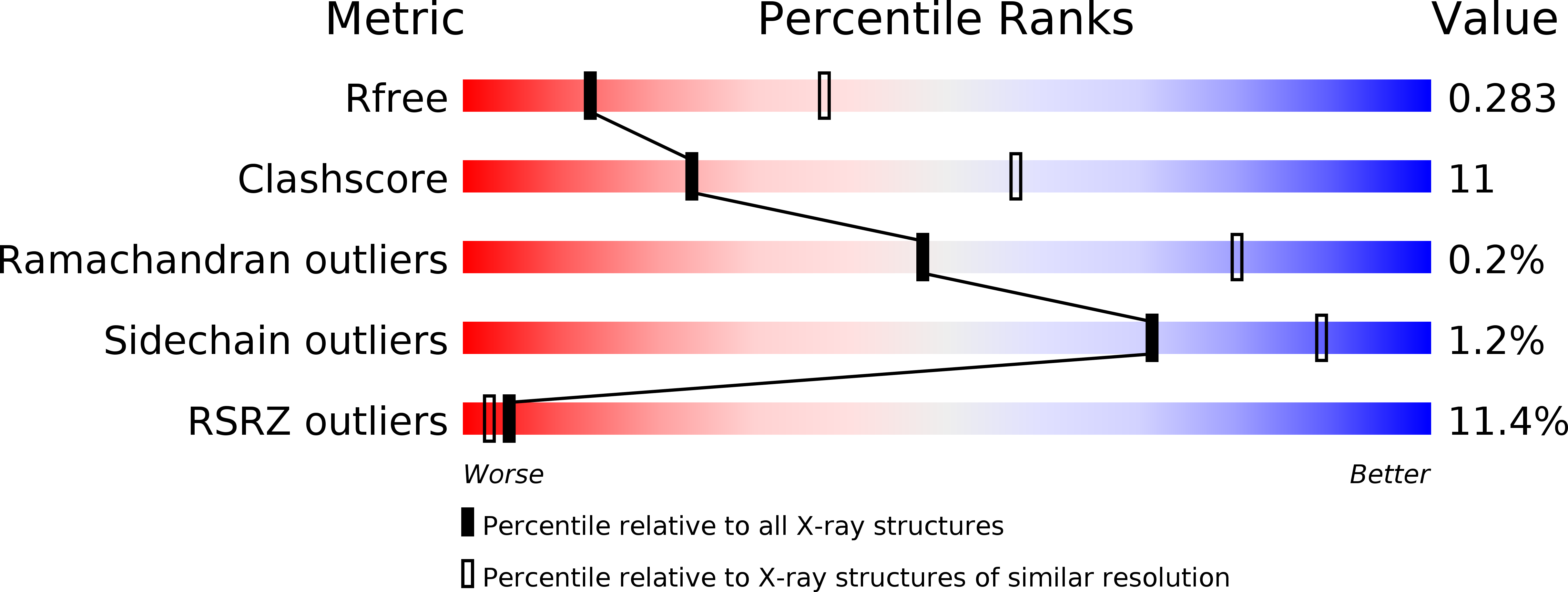
Deposition Date
2014-06-10
Release Date
2014-11-05
Last Version Date
2024-03-20
Entry Detail
Biological Source:
Source Organism:
Chlamydia trachomatis (Taxon ID: 471472)
Host Organism:
Method Details:
Experimental Method:
Resolution:
2.97 Å
R-Value Free:
0.28
R-Value Work:
0.25
R-Value Observed:
0.25
Space Group:
P 2 21 21


